The word messy makes you think of paper towels and baby wipes, right? Try to be more relaxed about it. Messy play helps your child’s learning process. It promotes engagement with the senses. Every sensation is sent to the brain to be interpreted. Those interpretations will help your child’s cognitive and creative development.
Messy play promotes:
- Physical development
- Language development
- Creative development
- Emotional development
- Social development
- Mathematical development
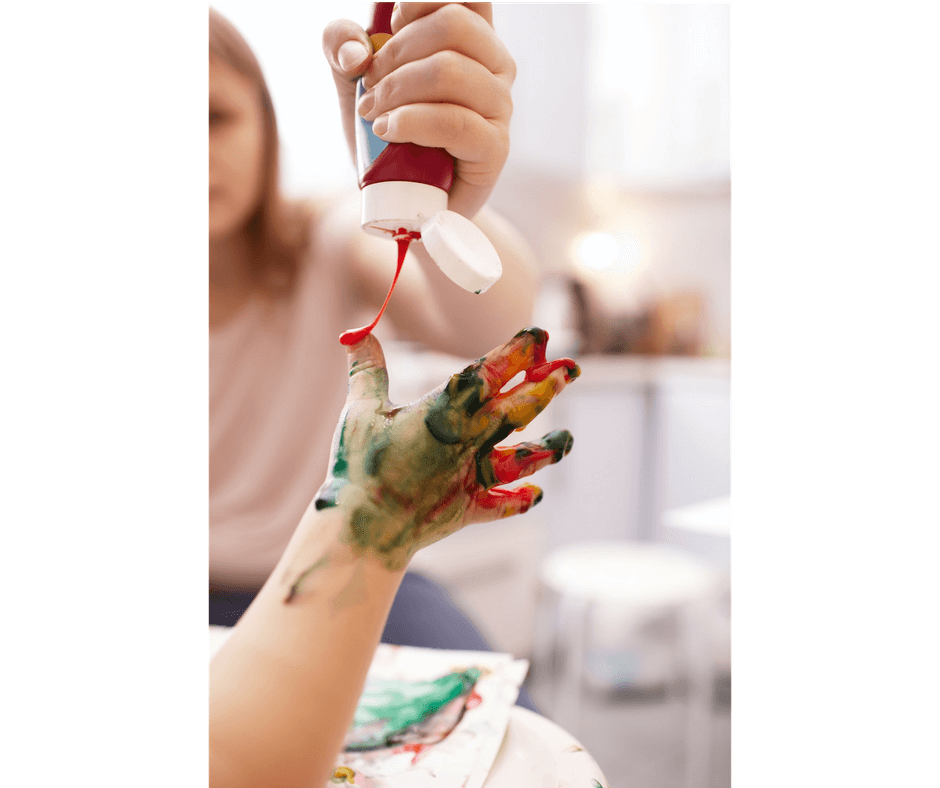
1. Physical development:
Fine motor skills and hand coordination. Hands-on activities help children to compare textures and temperatures and to develop their sense of touch. During messy play, children can learn about boundaries and to respect each other’s space.
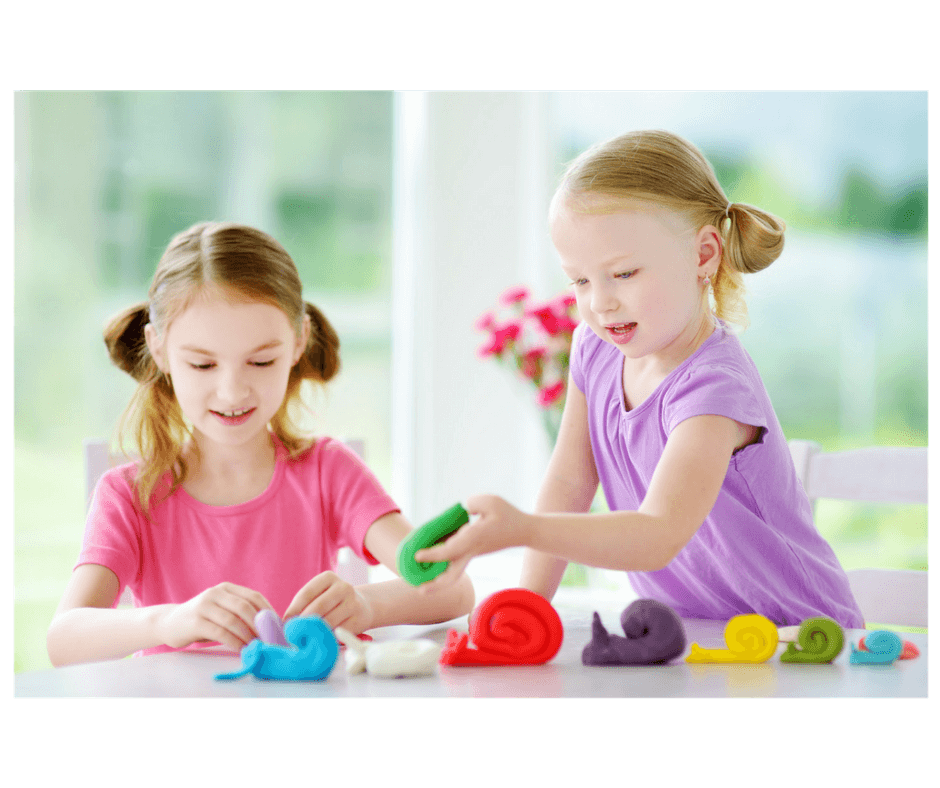
2. Language development:
Learn vocabulary. Parents can teach the child how to use her words to describe what she is feeling: cold, hot, rough, soft. Also, it’s a great opportunity to teach how to share and take turns with her peers. “Are you all done with the playdoh? Can you share with your friend?”
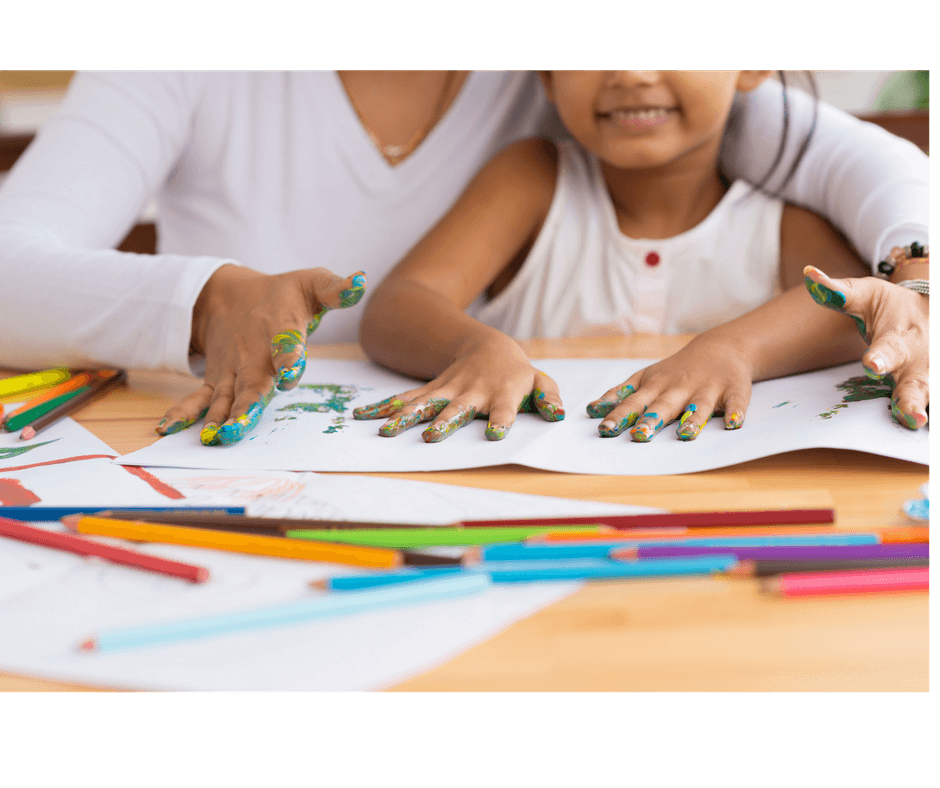
3. Creative development:
Through messy play toddlers can learn to express themselves and to explore. Being creative and imaginative can help children to try out new ways of doing things, so parents can encourage confidence and thinking abilities. Parents can provide materials that help the child to learn action and reaction. An example is marble painting: put a piece of paper in a tray (or box), drop marbles in paint until they are covered, transfer the paint-covered marbles to the paper in the tray with a spoon, lift the tray and tilt it so the paint-covered marbles roll around. Children will see the paint trails, and they will learn how to make different designs while moving the tray. Messy play can teach children how to achieve goals, and give them confidence to reach a solution.
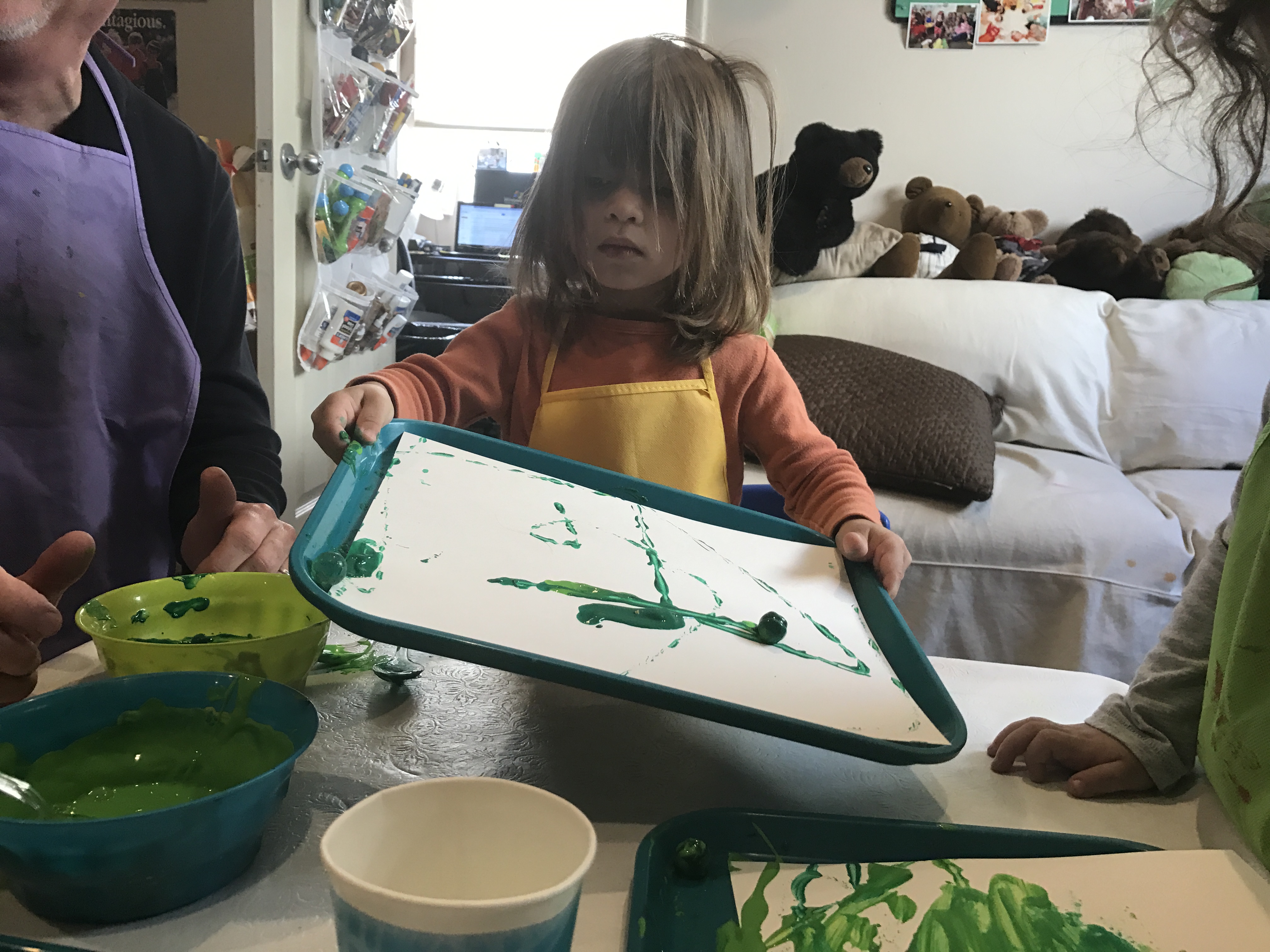
4. Emotional development:
There is no “right way” in messy play. Give your child positive feedback. For an example, say “wow! Look at those colors!”. This gives her freedom to express herself and helps building self-esteem and confidence. When one of the children in our Preschool Prep Group was asked how she felt about her marble painting, she said “I love it!”.

5. Social development:
Messy play promotes interaction. Children can learn to play cooperatively with peers and develop concentration and problem-solving skills.
6. Mathematical development:
Children can learn measurement, calculating and counting. Example: With sand and water children can learn the concepts of heavy, light, full, empty. With playdoh children can learn shapes in addition to exercising the muscles in their hands that will be needed later on for fine motor activities like writing.
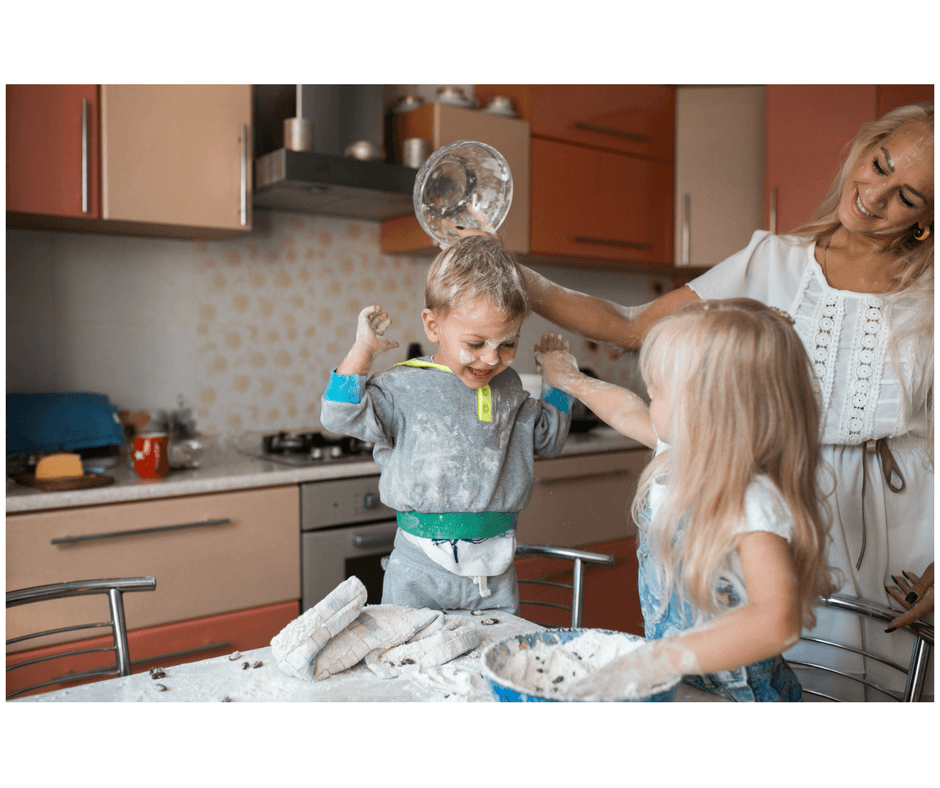
Messy play helps your child stay engaged during the learning process, so it’s important that you encourage it. Let your child play with food, cook with her. Let her have lots of experiences. Make it natural. Try not to make it a big deal if there is a spill or a splatter and tell her “it’s ok to be messy sometimes!”
Wrote by: Marilee Hartling & Paula Boscardin
We have the best place for messy play!
Join one of our groups!
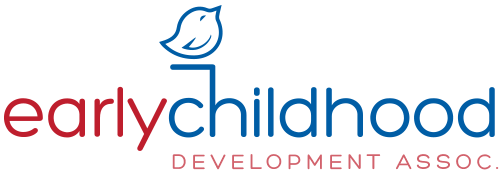
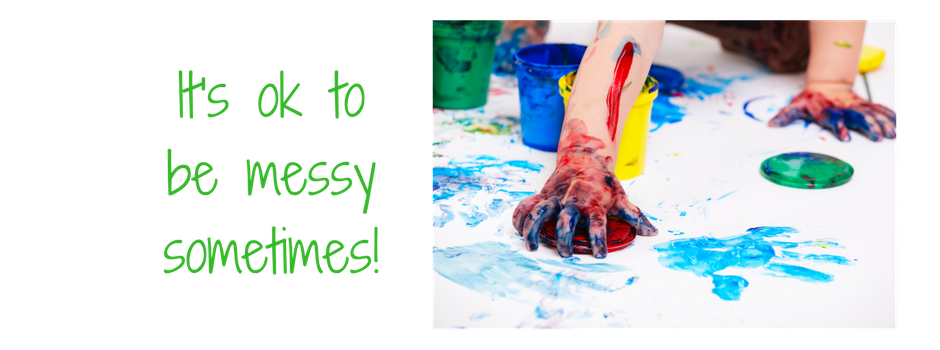
Trackbacks/Pingbacks